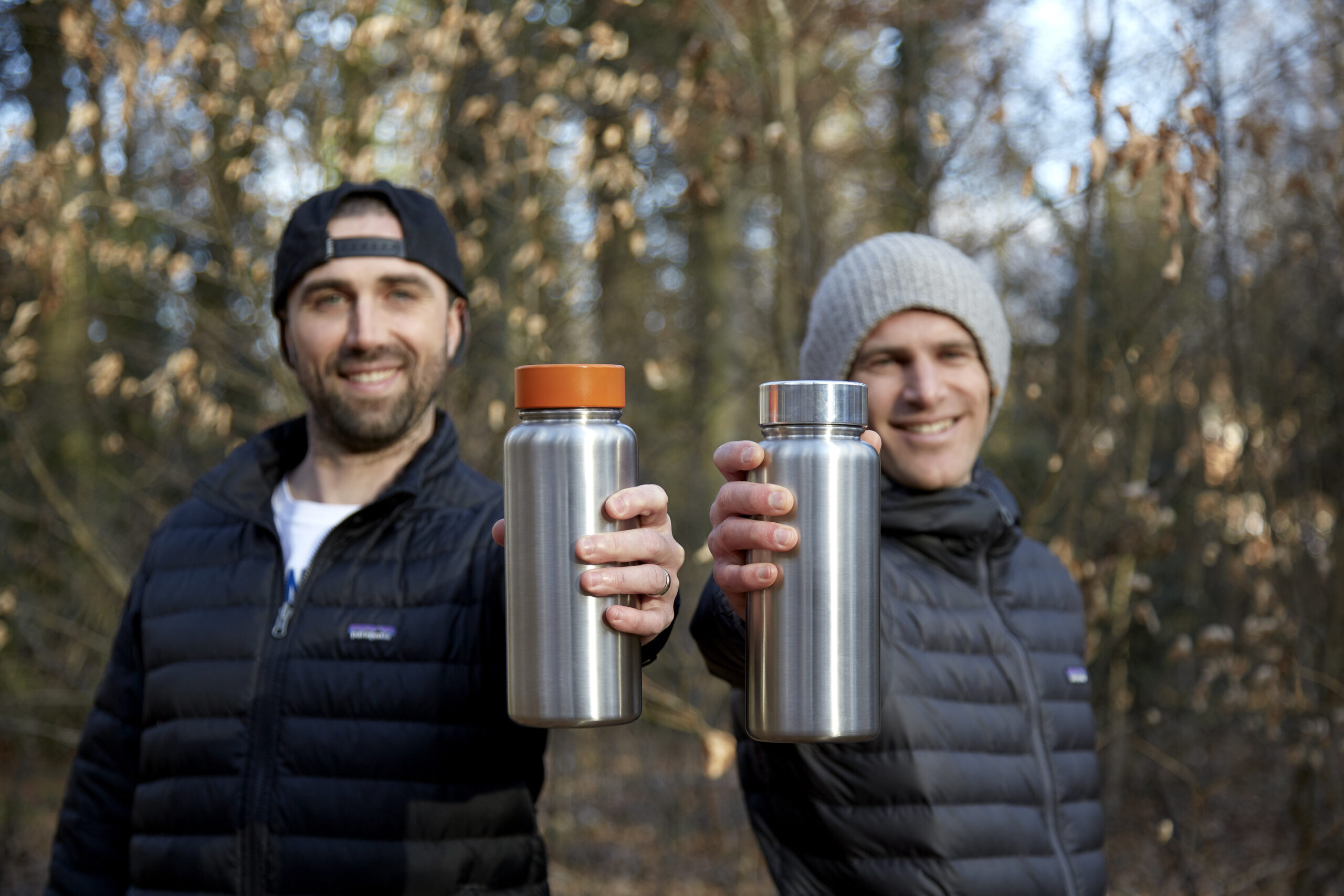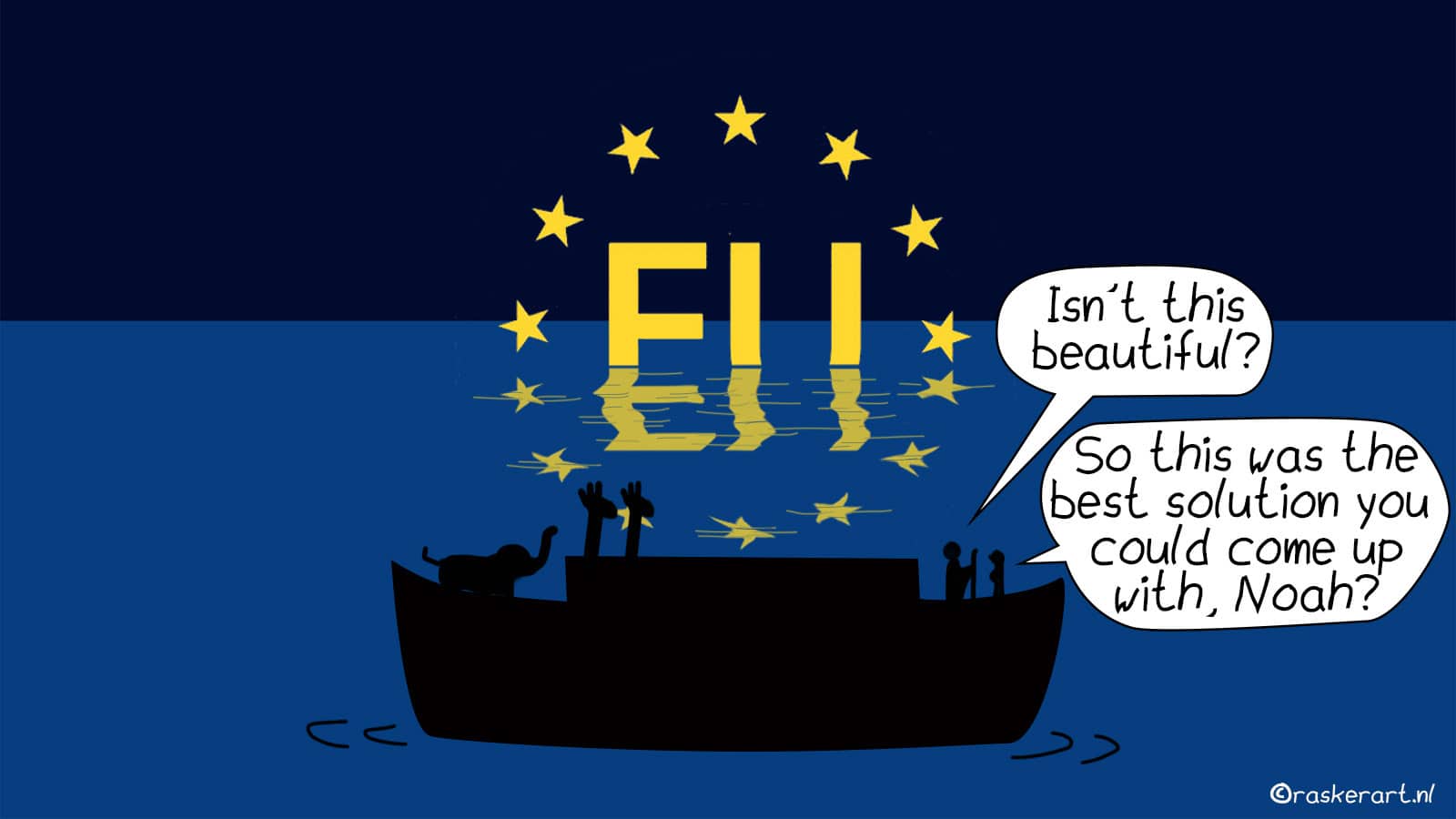
Ensuring the supply of drinking water during extreme weather events such as a long drought or heavy rainfall – this is the overarching goal of a new research project named TrinkXtrem. In this project, which starts with a kickoff meeting on April 12 and 13, 2022, water supply companies from various regions in Germany are cooperating with research institutions of the federal government and the federal states. Using the Donauried river landscape near Ulm as an example, the Institute for Modeling Hydraulic and Environmental Systems at the University of Stuttgart and its partners jointly investigate how the predictive capability of groundwater models can be improved and how decisions can be backed up more reliably, writes the German university in this press release.
Water supply at risk during summer
The hot summers of recent years have forcefully shown that long dry spells can endanger the drinking water supply. But heavy rain, too, can become a challenge for water supply companies. For example, when drinking water is contaminated by flooding. So far, water has been sufficiently available in Germany, so that practice has been characterized by consistent operation of the plants. Because of climate change, however, the number of hydrological extreme events is expected to increase. Due to the regional character of the German water sector, these events will have different effects on the individual raw water resources. Therefore, locally adapted countermeasures are required.
Against this background, TrinkXtrem relies on a holistic approach that comprises four subject areas:
- Quantitative and qualitative effects of extreme weather events on the raw water resources of the water supply companies,
- questions concerning the operation of raw water catchments, treatment plants, and distribution systems,
- the analysis and prediction of water demand as well as
- new concepts in price management, risk management, and provision.
Numerical groundwater model to be optimized
For many of these issues, it is essential to be able to better predict the impact of extreme weather events on the amount of raw water available, i.e. on the “raw water supply”. This part of the work will be done by the project managers at the University of Stuttgart, Prof. Rainer Helmig and Prof. Holger Class, and their team at the Institute for Modeling Hydraulic and Environmental Systems (IWS), Chair of Hydromechanics and Modeling of Hydrosystems. Their research ties in with a numerical groundwater model that was developed by the engineering firm Prof. Kobus und Partner (kup) on behalf of the Landeswasserversorgung Water Supply (LW) for the Donauried river landscape near the Swabian Jura. “Together we want to improve the model, so that it will better reflect reality in the future and provide an optimized and secure decision-making basis for the management of raw water resources,” says Tim Jupe, a member of the academic staff at the Chair of Hydromechanics and Modeling of Hydrosystems.
In the first step, Jupe and the team at the IWS will analyze the Donauried data available at the LW and assess its usability for the groundwater model. In the next step, the groundwater model will be calibrated with the measured values from the data pool by means of “history matching”. In this approach, predictive models are improved by utilizing known data in the best possible way. On the basis of expert knowledge, a robust and practice-oriented strategy will then be developed, with which scientists will be able to continuously fit the groundwater model to real measured values in the future. “Through this data assimilation, we expect an improved initial situation for forecasts,” says Jupe.
Finally, the researchers will select extreme weather scenarios based on climate models and, using the groundwater model, analyze these with regard to their quantitative significance for the raw water supply.

Selected for you!
Innovation Origins is the European platform for innovation news. In addition to the many reports from our own editors in 15 European countries, we select the most important press releases from reliable sources. This way you can stay up to date on what is happening in the world of innovation. Are you or do you know an organization that should not be missing from our list of selected sources? Then report to our editorial team.







